5E Explore: 4 Types of Fun Activities and Science Experiments for Middle Schoolers
Now that you’ve done your hook in the Engage step in your 5E Model lesson, the next step is super fun because this is where you get to plan science experiments for middle schoolers! This is the Explore step. Kids will do some engaging activities to explore the content you will be teaching.
In This Post
We will go over a definition related to NGSS about the Explore stage in a 5E model. We will also explore some different activities that you can do during this stage. While you’re at it, be sure you’ve downloaded 5 Daily Must-Do Routines to Run Your Classroom Like a Pro! These are easy to implement and will help each day, no matter what you are teaching.
Disclosure: This post contains some affiliate links for your convenience. As an Amazon Associate I earn from qualifying purchases with no cost to you.
What is the 5E and Explore?
The 5E model is perfect for Science. The 5 steps are Engage, Explore, Explain, Elaborate, and Evaluate. You can read about the 5E lesson plan in this blog post. You can also read about using hooks in your lessons during the Engage step in your lesson.
According to the San Diego County Office of Education, Explore happens after Engage. It is a time for students to explore the topic. “They investigate objects, events, or situations.” They plan investigations, gather data, create initial models, try different ways to solve a problem or answer a question, and compare and discuss with others.
Students are engaged in hands-on learning to learn more about the topic before the teacher explains it.
The brain is also engaged during Explore! The activities you choose will lead to students building neural connections. They will build on their background knowledge, or create new knowledge, and then link those neurons through this step and deliberate practice.
Examples of Science Activities during Explore
There are many activities you can do during the Explore step. You can choose a specific activity and pose a question so you know what the outcome will be. This way it goes right along with your explanation.
Or, you can have students discover information, and use what they learned for your explanation. They can investigate the questions they came up with during the Engage stage.
At this stage of the 5E model, students are researching, investigating, and discussing with others.
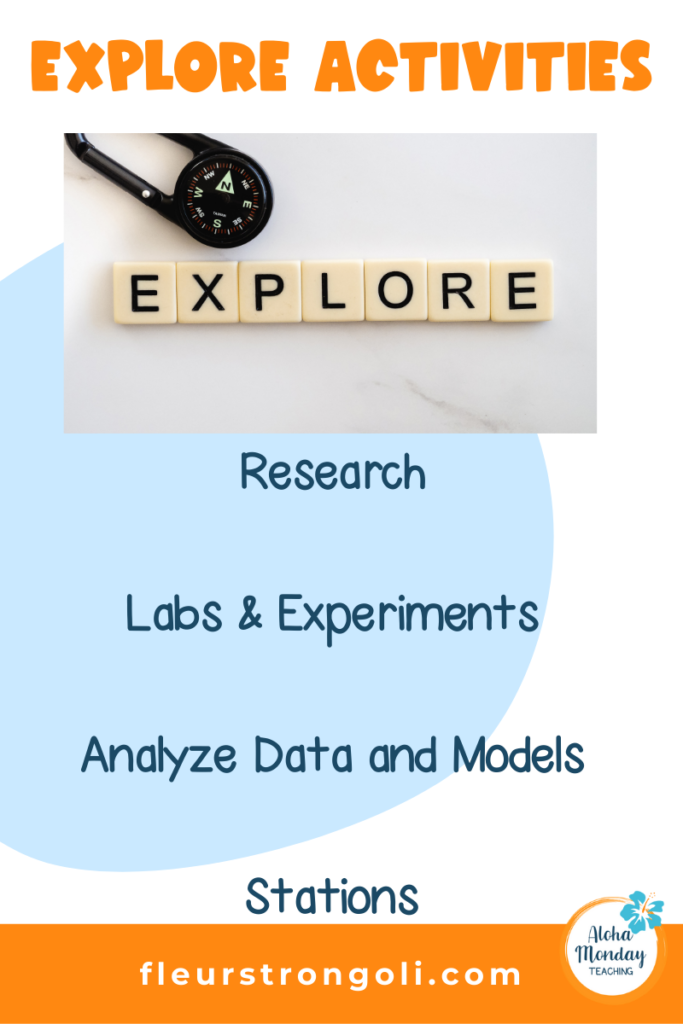
Research
After giving an investigation question, students can research the topic. Provide students with websites, videos, reading passages, and other material that will be helpful in their quest.
When they complete their findings, they should compare with others and discuss what they learned.
For example, if you are studying ecosystems, you might pose the question, “What is a keystone species and why are they important?” Students will then research information about keystone species and gain knowledge before you even explain it. This will help make neural connections!
Labs and Experiments
Labs and science experiments for middle schoolers are a great way for students to explore a topic! Students can plan their own investigation with materials you have given them. They can go through the Scientific Method to figure out the answer to the question.
You can also do a specific lab so they all have the same outcome.
An example experiment students can do is the Cell Model when being introduced to cell structure and function. During our unit on magnetism and electricity, students explored with various magnets and materials, and constructed simple circuits.
Read more about managing labs in the science classroom in this blog post.
Analyze Data and Models
Students can analyze data or models to gain knowledge. This could also lead to more questions about the topic. Just like with research, students will consider the question(s) while looking at data or models about the topic. Then they will formulate their own understanding and share with others.
If you are teaching about volcanoes, you might show a graph about volcanic eruptions around the world. It may lead them to discover the activity in the Ring of Fire.
Stations
My favorite activity to do in my classroom, besides labs, are stations. With this, students rotate to different activities to explore and learn about the topic. I usually have a reading station, vocabulary station, Math in Science station (which usually involves a graph), a computer station, and a station with a model or hands-on activity. That way, they are getting everything they need to explore and gain knowledge before I explain it to them. I also use stations during the Elaborate part of 5E.
Stations guide the students through the whole Explore step, by giving them different opportunities to gain knowledge.
Read more about using and managing stations in the classroom in this blog post.
Wrap Up
The Explore stage in the 5E Model is a time for students to investigate, analyze, and communicate with others. There are different types of activities and science experiments for middle schoolers that can be done during Explore. Students can research, conduct labs and experiments, analyze data and models, and go through different stations to learn about a concept.
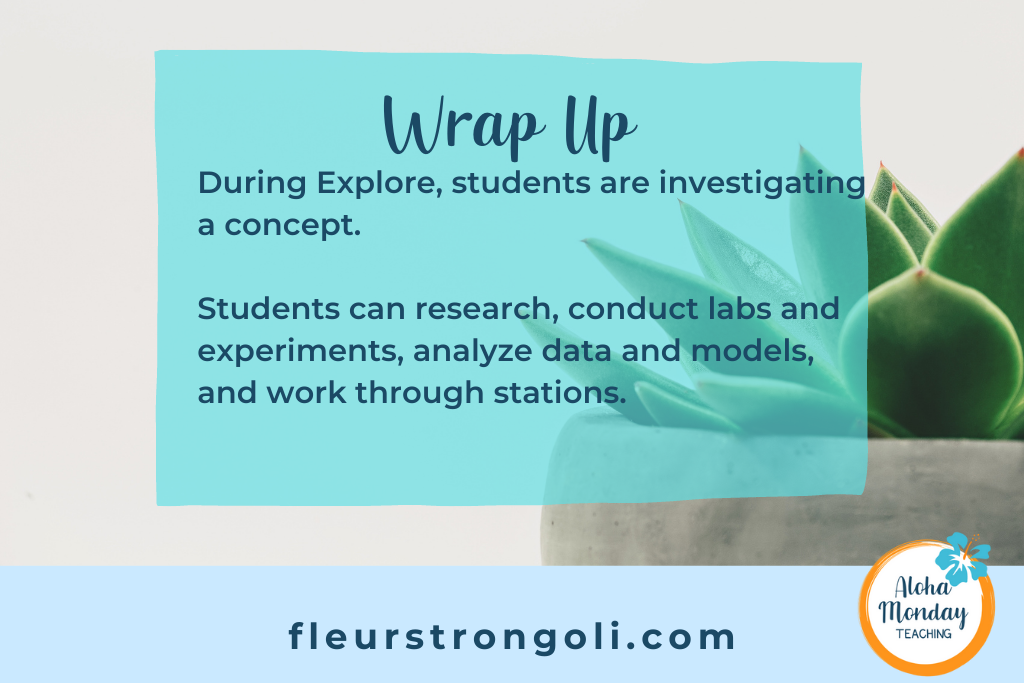
Read More
How do I Make Lesson Planning of Science Simple and Focused?
What are Quick and Easy Lesson Plan Hook Ideas for Science?
What is a Science Lab and How Do I Manage It Effectively?
How Do I Use and Manage Science Stations in the Classroom Effectively?
Products Mentioned
Your Turn
In your next unit, come up with a few ideas that you can have your students Explore. Comment below or connect with me on Facebook. I’d love to hear and see your ideas!
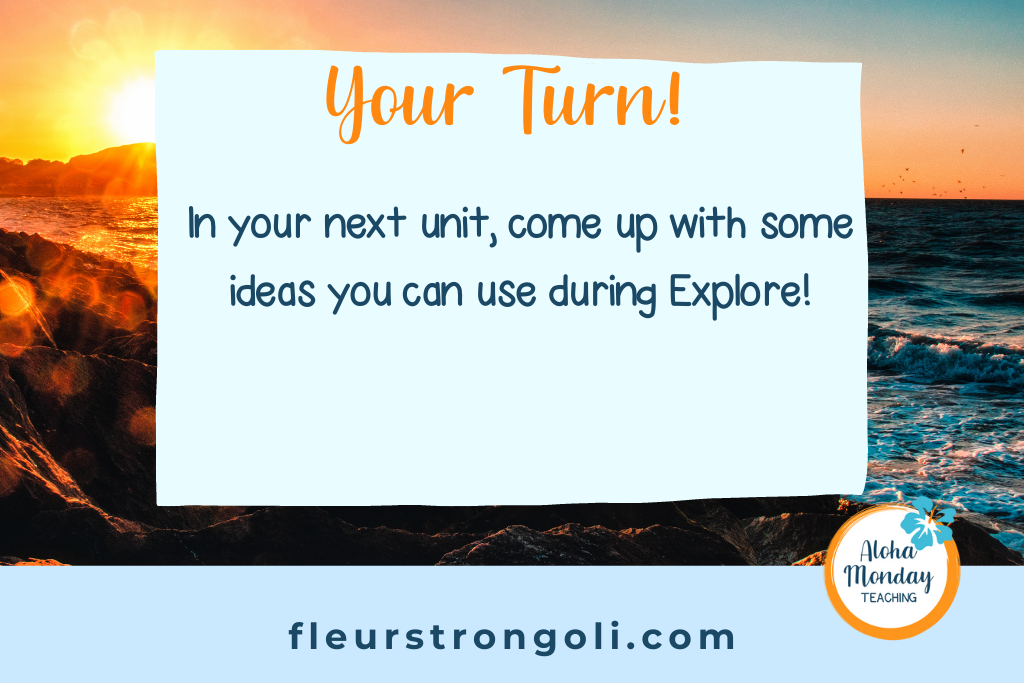

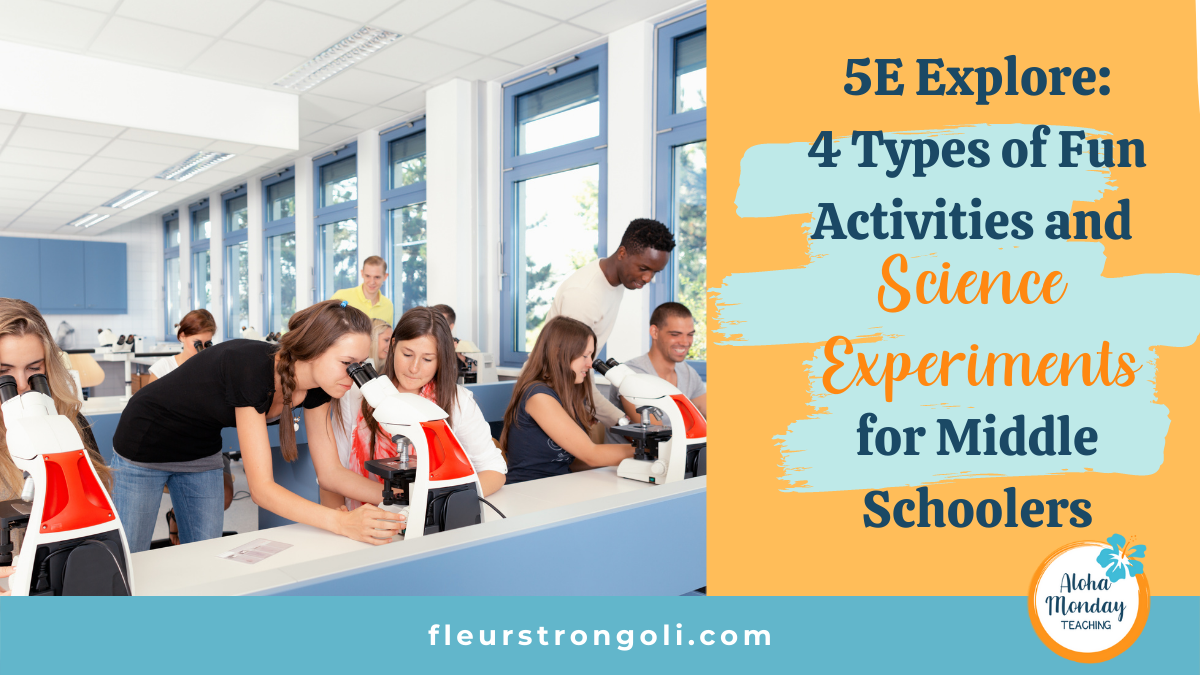

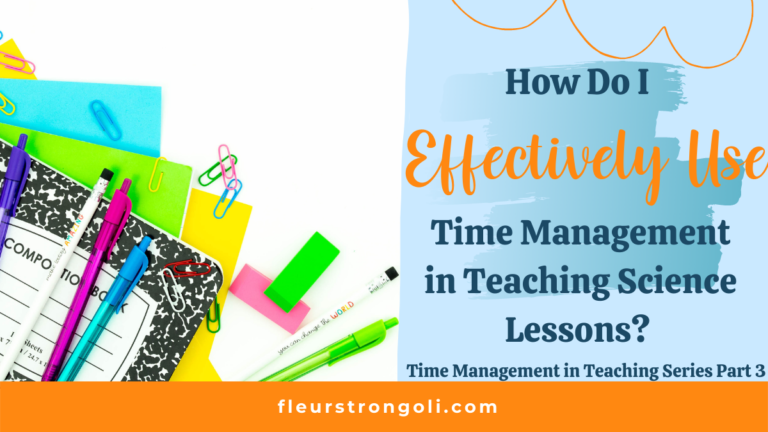

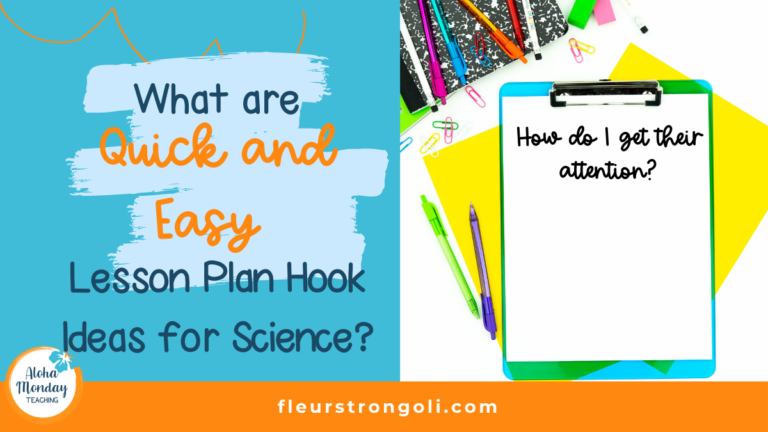
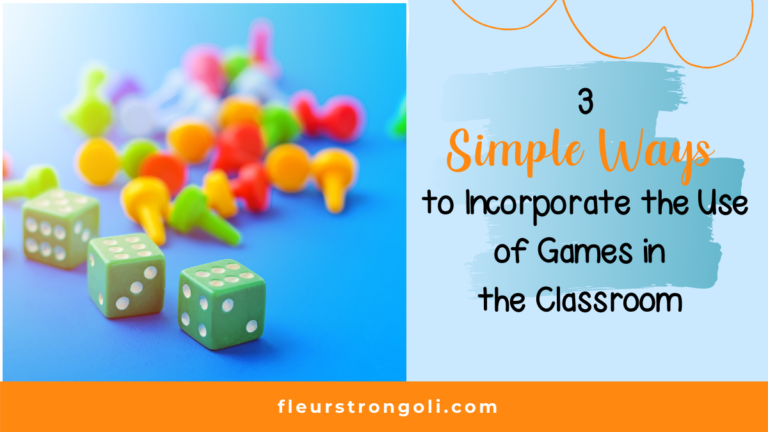

5 Comments